SPÄTBAROCK IN SÜDDEUTSCHLAND III: KLOSTER NERESHEIM
The Benedictine Abbey at Neresheim is located in the eastern foothills of the Schwabian Alps. Beginning in the late 17th century, the monastery underwent a series of reforms, renovations and renewals of its purpose, its personnel, and its built environment. After much internal debate, in 1745, the decision was taken to build a new abbey church instead of rebuilding the old Romanesque church, which had been superficially updated to the Baroque style in the late 17th century. Abbot Amandus Fischer (1711-29) had brought in architect Dominikus Zimmermann to rebuild and redecorate the abbey’s Festsaal, which was carried out in 1719-20 in the high Rococo style.
Seeking stylistic continuity with his predecessor’s building program, Abbot Aurelius Braisch (1739-55) commissioned architect and building engineer Johann Balthasar Neumann to rebuild the abbey church in 1747. Neumann, the most sought-after architect in central Europe at the time, had designed the pilgrimage church of Vierzehnheiligen and the Prince-Bishop’s Residenz at Würzburg, which were admired for their formal invention, sumptuous materials and lightness of touch. Neumann’s plan called for a conventional basilica consisting of nave, crossing and choir which were articulated as a series of oval-shaped bays surmounted with shallow domes.
The groundstone of the new church was laid in 1750, but Neumann’s premature death in 1753 necessitated the finding of new builders willing to carry out his plans. Subsequent architects altered or abandoned the original design, particularly the construction and profile of the the domes, which slowed progress. The finished church, consecrated in 1792, should be attributed to Neumann with reservations or characterized as the work of disparate hands.
The domes were frescoed by Austrian painter Martin Knoller over the six summers of 1770-75. Seven scenes from the Life of Christ are depicted, including Christ among the Doctors, the Last Supper and the Ascension.
Johann Nepomuk Holzhey of Ottobeuren built the last of the great South-German, Baroque organs at Neresheim over the years 1792 bis 1797.
In 1802, the monastery was suppressed and secularized. Due to the disruptions caused by the Napoleonic invasion, custodianship over the abbey’s assets and property was granted to the Princely House of Thurn und Taxis for the years 1803-06. Afterwards, the Bavarian state assumed ownership. Both the abbey and the principality of Thurn und Taxis were annexed by the kingdom of Württemberg in 1810.
With the generous support of the house of Thurn und Taxis, the monastery at Neresheim was able to reopen in 1919, seeded by Benedictine establishments in Austria and Czechoslovakia. The abbey was church was restored in 1990 and declared a UNESCO World Heritage Site.

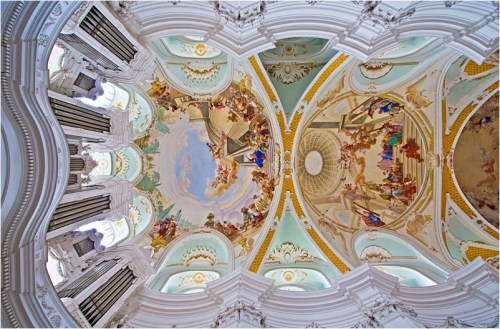
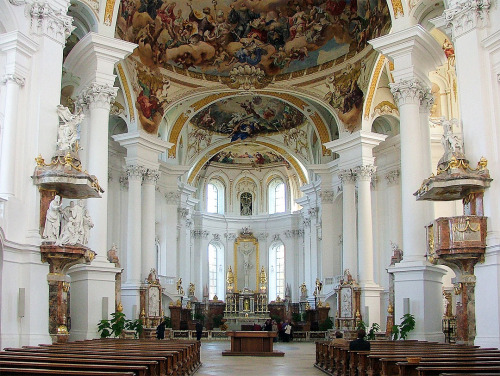

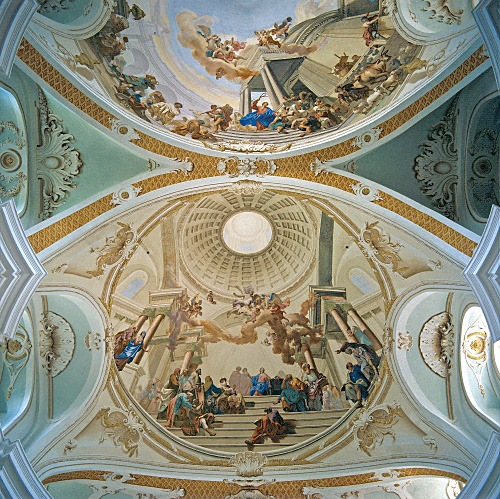


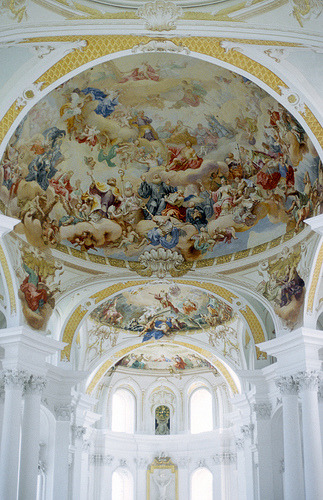
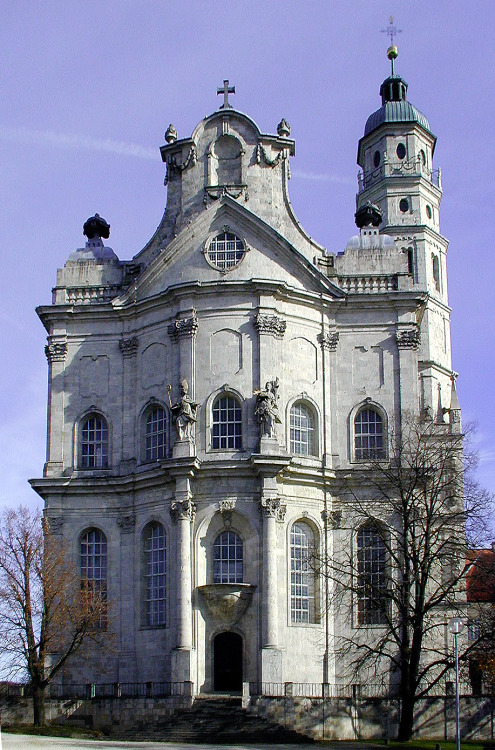
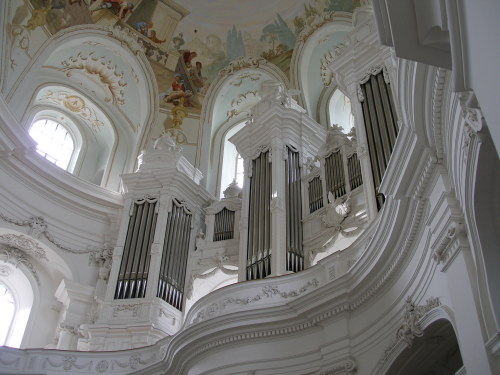
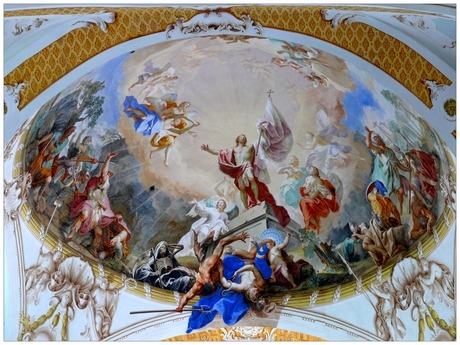




























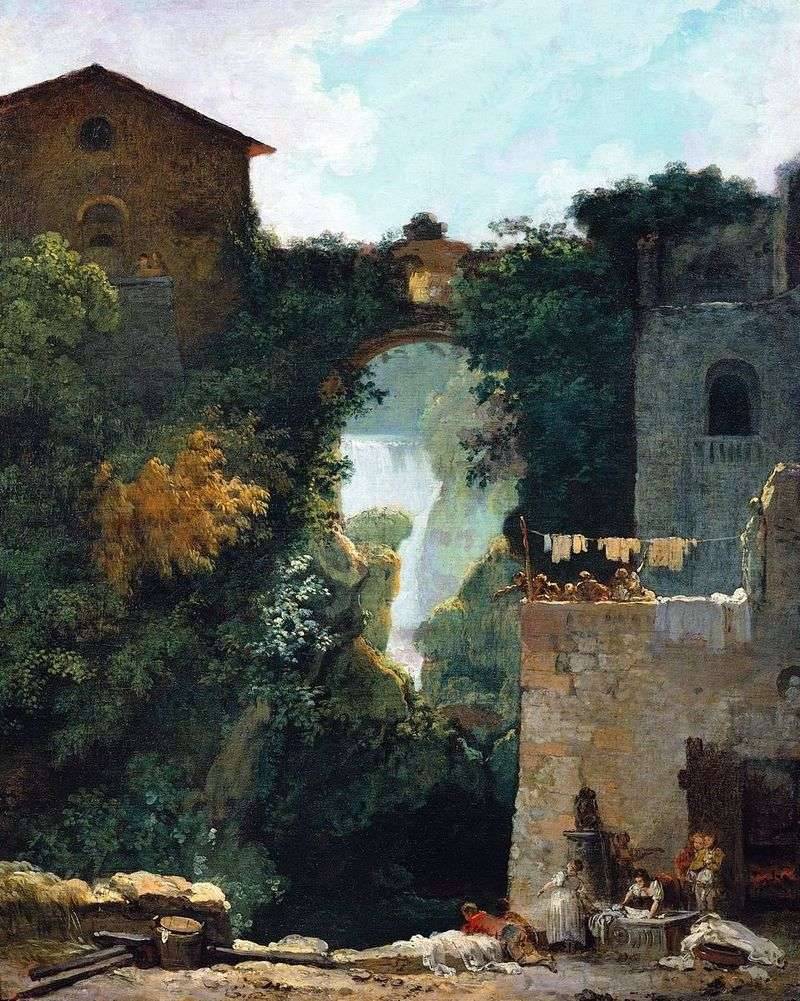

Find me on
hJ